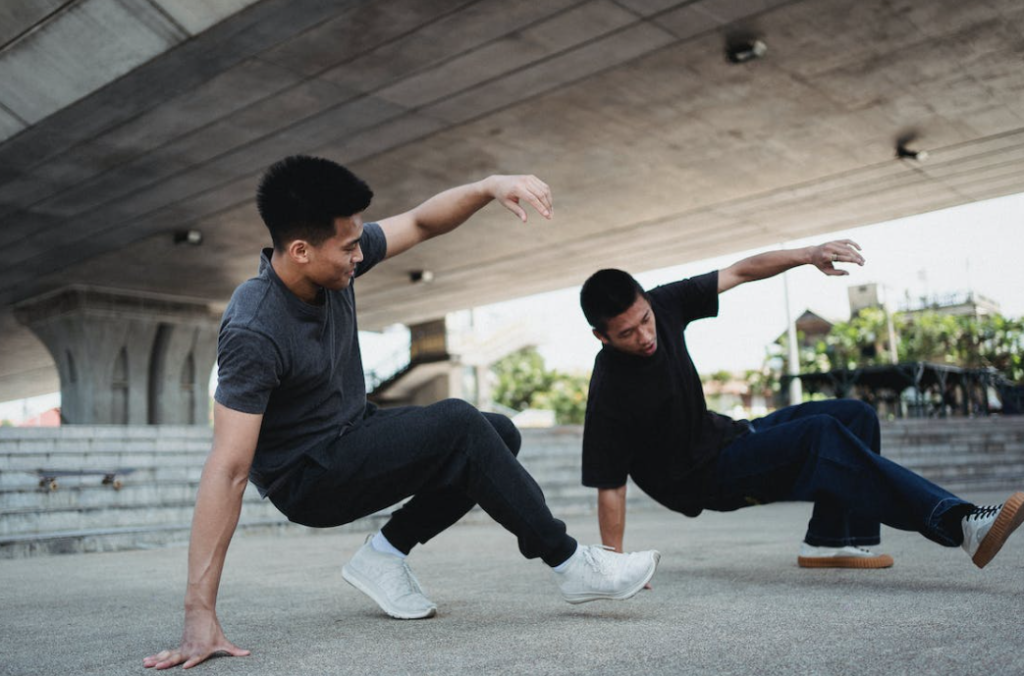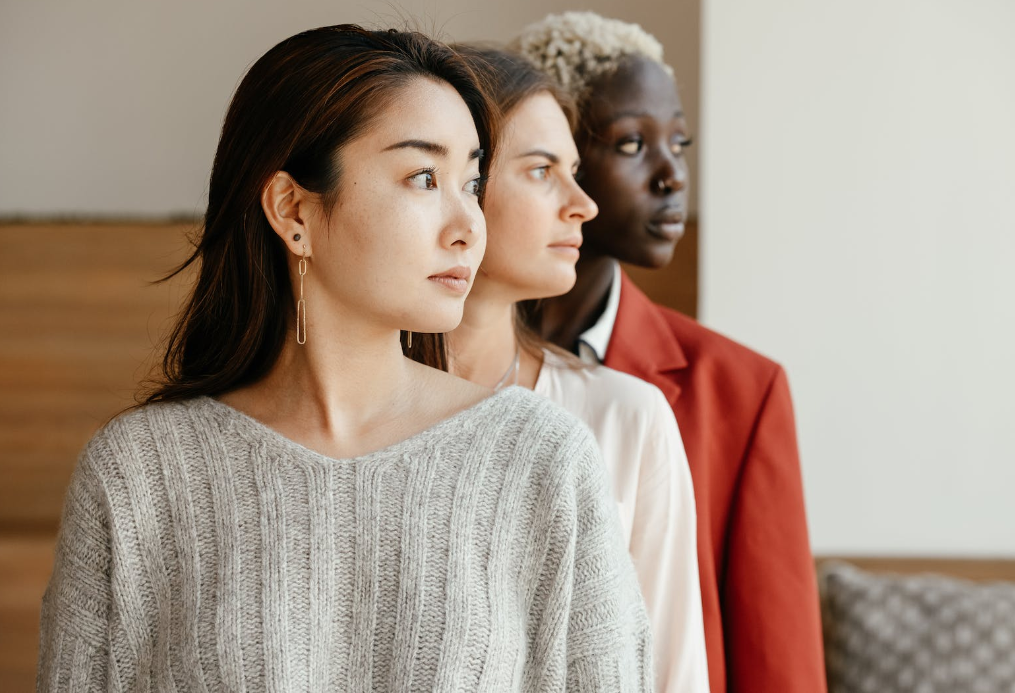How Can Visualization Change Your Appearance?
Learn how to use visualization to improve your emotions and physical performance to change your physical appearance.

Selfpause Affirmation App
Download the app to get 1,000’s of affirmation meditations and everything you need to write, record and listen to your own.
You can change your physical appearance and physical performance by using visualization to improve your emotions and physical performance. Visualization works by using your thoughts to attract the things you want in life. When you imagine something, you feel positive emotions, which attract that object. Practicing visualization regularly will help you achieve the results you desire and enhance your well-being.
Improves physical performance

Visualization is a technique used by athletes to enhance their physical performance. This process involves mentally rehearsing specific tasks or actions in order to achieve the desired results. Visualization is most effective in sports where athletes must perform in stressful or threatening situations. It can help athletes cope with anxiety, improve concentration, and boost self-confidence. In addition, it can increase their physical performance by enabling them to perform in their optimum state.
While there is no definitive answer as to exactly how visualization improves physical performance, research has demonstrated a link between the practice and results. In a study published in the Journal of Applied Physiology, researchers investigated the autonomic nervous system responses when athletes mentally rehearse certain exercises. They found a correlation between mental rehearsal and skin potential, as well as between instantaneous heart rate and respiratory frequency. These results are consistent with the findings of other researchers.
Visualization improves physical performance if athletes practice using proper form and technique. But improper visualization can negatively affect performance. For instance, a novice basketball player can mentally practice poor form when shooting free throws. Therefore, it is best for less-experienced athletes to avoid visualization until their skill level improves. In the meantime, they should focus on real practice.
The most effective visualization sessions are spread over time rather than crammed into a few long sessions. This spacing effect holds for any kind of practice. Short bursts of studying or training spread over a long period of time tend to have better results than cramming. The results of visualization are based on a number of factors, including our emotions.
Visualization improves physical performance by stimulating brain regions involved in movement rehearsal. In addition, it primes the brain and body for action. Consequently, it works as training for real-life performance. However, it works best when the goal being simulated is specific and detailed, so that it can act as an effective mental rehearsal.
In sports, visualization is similar to a pre-game walk-through. Before a big game, football and basketball teams often practice a walk-through, which helps athletes to eliminate the unknown factors that cause competitive anxiety. Through visualization, athletes can imagine the entire event unfolding in their minds, eliminating the stress that can occur during the big moment. The practice of visualization allows great performers to reach their goals and excel in their fields.
Improves appearance

Visualization improves appearance in a variety of ways. First of all, it makes content appear more realistic. It also increases performance. Repeated visual images in the brain develop neural connections, increasing motivation and the likelihood to take action. Visualization is useful for improving appearance in a variety of contexts, including sales.
Our Top FAQ's
Some examples of visualization techniques that can be used to change one’s appearance include visualizing oneself with a different hairstyle, makeup, or clothing, or visualizing oneself with a different body shape or size.
Visualization works to change one’s appearance by training the mind to focus on a desired goal or outcome. When one visualizes a desired change in their appearance, they are essentially creating a mental image of that change. By consistently focusing on this image and reinforcing it through visualization, the mind becomes more attuned to it, which can help to bring about the desired change in appearance.
Some benefits of using visualization to change one’s appearance include being able to experiment with different looks without physically altering one’s appearance, gaining confidence in one’s appearance, and potentially even manifesting physical changes in one’s appearance over time.
There are no known significant risks or drawbacks to using visualization to change one’s appearance. However, it’s important to note that visualization should not be used as a substitute for proper self-care or as a means to cover up deeper issues related to self-esteem or body image.
Visualization can potentially be used to change both physical and psychological aspects of one’s appearance. For example, visualizing oneself with a different hairstyle or makeup can lead to physically changing one’s appearance, while visualizing oneself as more confident or self-assured can lead to changes in how one presents themselves or projects their appearance to others.
